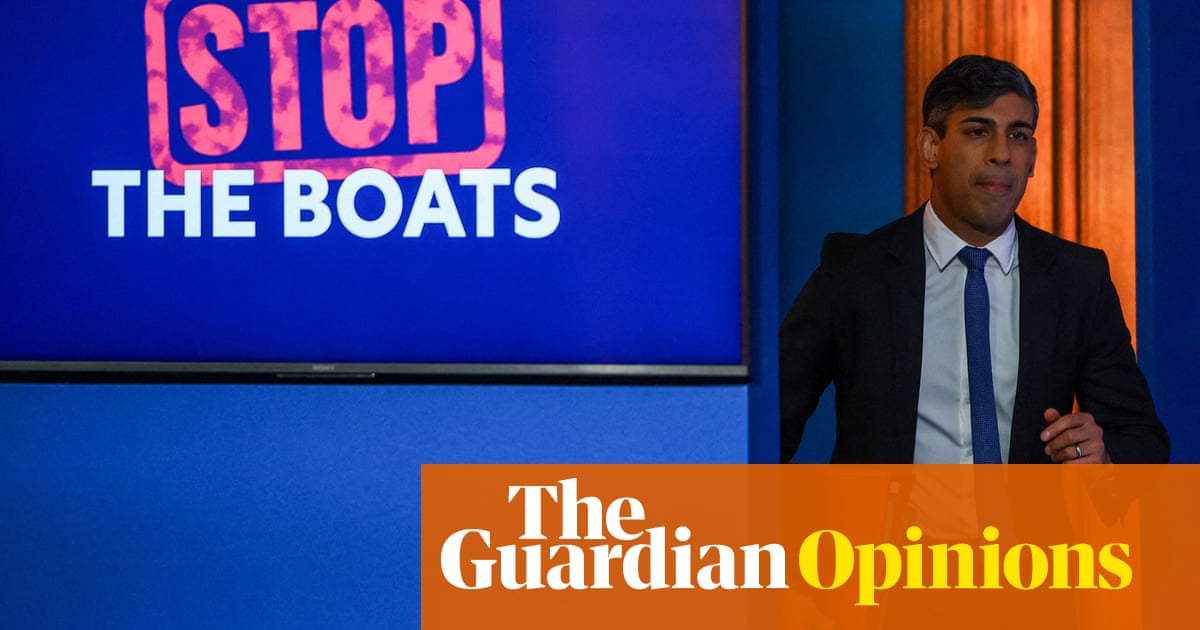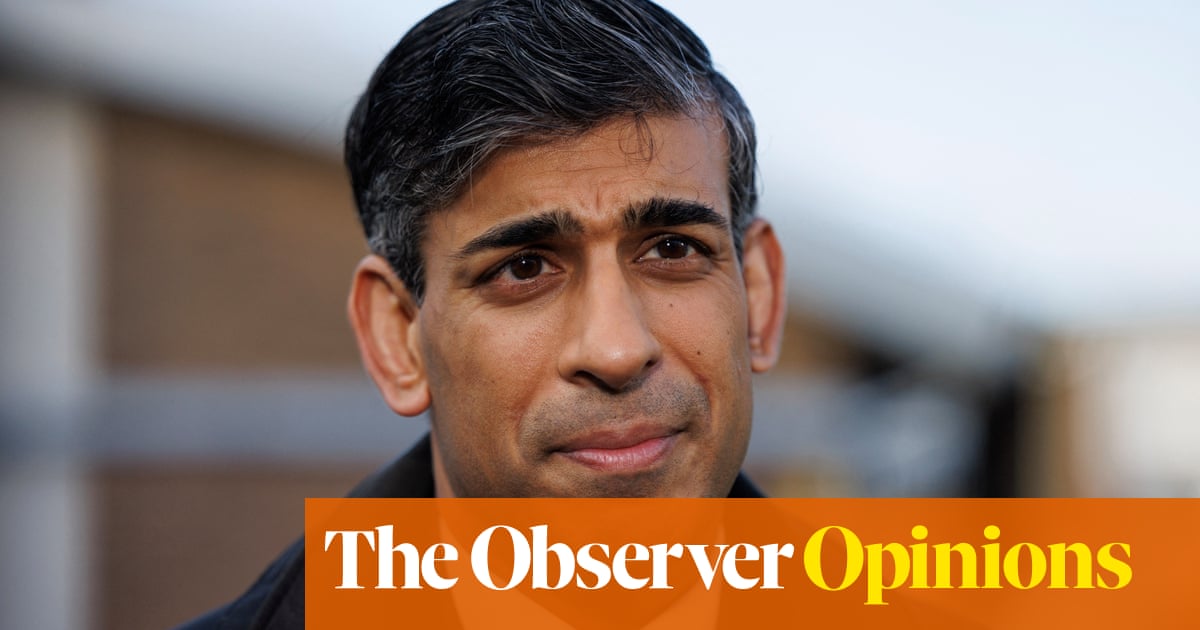
ust over a year ago, Rishi Sunak was a little-known junior minister taking a political gamble. The biggest decision he made last summer, having entered parliament four years earlier as MP for Richmond in North Yorkshire, was to pen a letter.
Since he wrote to the Times newspaper to back Boris Johnson to replace Theresa May 12 months ago, Britain has changed beyond all recognition. The Covid-19 pandemic has inflicted the worst public health emergency and economic crisis in modern history – and now Sunak finds himself a key player in steering Britain to recovery in Johnson’s government.
On Wednesday, as chancellor of the exchequer, Sunak’s big decisions on the economy’s future will be outlined in a set-piece update, designed to kickstart recovery as lockdown controls are gradually eased.
To date, the chancellor is seen in Westminster as having had a “good crisis” after his rapid rise to prominence, adding to his status as a new Tory star while unleashing multibillion-pound spending packages that Labour occupants of No 11 would have been proud to call their own.
Beamed into homes across the nation at the onset of the emergency in March, and promising to do “whatever it takes” to cushion the economic fallout from Covid-19, Sunak has played a pivotal role in the government fightback and become a household name in the process. Dashing the Treasury’s usual reputation for fiscal rectitude, his interventions have pumped £130bn into emergency schemes so far.
“I always used to say about the Treasury that we were the Millwall [football club] of government departments: everybody hated us and we don’t care. But they’re seen as having done well during the Covid crisis,” said Gus O’Donnell, the former head of the civil service under David Cameron, Gordon Brown and Tony Blair, last week.
Saying that the chancellor was probably more trusted by the public than many of his senior cabinet colleagues, O’Donnell told an online event hosted by the Institute for Fiscal Studies thinktank: “That will be strained as we go into a period of very rapidly rising unemployment.”
Job losses are already beginning to spiral upwards as Britain falls into the deepest recession in living memory, while the gloomiest forecasts from the Bank of England pencil in an unemployment rate of 9% – double the level before Covid struck. Three former chancellors – George Osborne, Philip Hammond and Alistair Darling – have warned Sunak he must prepare for 1980s levels of joblessness.
Against this backdrop, Sunak is nonetheless preparing to wind down the Treasury’s single biggest economic intervention – the furlough scheme, which offers to pay companies up to 80% of workers’ wages – by the end of October.
Torsten Bell, director of the Resolution Foundation thinktank, who was a Treasury adviser under the last Labour government, says the job of the chancellor will be to fill in the gaps at Wednesday’s update.
With lockdown restrictions being eased as Britain moves into a new phase of the Covid-19 crisis, Bell says questions are growing over the government’s response. “The answer so far is not enough – specifically, not enough on jobs and not enough to recognise the uniquely sector-specific nature of this crisis, given the deep and lasting impacts on hospitality and leisure.”
Rather than continuing the furlough scheme or providing support to companies in specific sectors, Sunak is understood to favour relaxing pandemic restrictions and getting businesses open again as the best way to help reinvigorate the economy.
There are positive signals that the strategy might work. Last week, Andy Haldane, the chief economist at the Bank of England, hailed the UK’s economic recovery as faster than anticipated so far. “It is early days, but my reading of the evidence is so far, so V,” he said last week, referring to the shape that rapid rebounds in economic activity make when plotted on a graph.
Boosting confidence rather than splashing tax and spending promises could therefore prove the theme of the chancellor’s economic update, observers believe – an extension of Boris Johnson’s “new deal” speech last week, which attempted to offer a feelgood message on a shoestring.
The prime minister declared austerity would not be on the cards, while Sunak will be expected to announce plans this week to support jobs and growth to ensure that Johnson’s “opportunity guarantee”, promised to all young people, becomes more than just a soundbite.
Some MPs have been alarmed by the cost of the furlough scheme so far: the price tag is expected to hit £60bn. They believe the scheme is unsustainable and only serving to preserve many jobs that are unlikely to exist after the crisis. They point to expectations for the government’s budget deficit to hit £300bn this year: such a figure would far outstrip the deficit incurred during the 2008 financial crisis. Public debt – the sum total of every budget deficit in history – is already worth more than the current size of the economy, hitting more than 100% of GDP for the first time since 1963.
But while some Tory MPs are applying pressure on the chancellor to provide a roadmap to deal with the debt, borrowing costs are currently so low that even doubling the government’s debt would mean paying less in interest than at almost any time since 1950.
Rupert Harrison, a fund manager at BlackRock who was George Osborne’s top economic adviser, believes it is better not to tackle the rise in borrowing during the early stages of the Covid-19 crisis. “The emphasis should be on supporting demand. We still haven’t seen the worst of unemployment; we’re not in the recovery phase yet,” he says.
Sunak could, however, state his intention to tackle the debt mountain once a recovery is firmly under way – giving him political cover for future tax rises or spending cuts, Harrison adds. “At some point in the future, when a recovery is under way, then the attention should turn to how are we going to stabilise the debt-to-GDP ratio.”
Far from a blockbuster summer budget to get Britain back to work with a bang – in a “build, build, build” flurry of spending promises – Sunak’s economic update has been downplayed by government sources as a more low-key affair.
The chancellor is believed to prefer a “wait and see” approach to how the economy reacts to lockdown lifting, before using the autumn budget as the main event for any sweeping changes to Treasury policy.
Labour, business groups and campaigners have warned that such caution could prove costly, and have called on Sunak to take swift action this week to avert an economic catastrophe. Cutting back support too soon could choke off a recovery, while the risk of a second wave of Covid-19 infections remains.
If job losses do rise dramatically as state support is cut, Sunak’s star could wane as quickly as it has waxed.
“What they were trying to do was build these bridges from one side of the shutdown to the other. And so far so good,” says Karen Ward, a former adviser to Philip Hammond during his time as chancellor, who is now chief market strategist at JP Morgan Asset Management. “But what I’m looking for is to be sure those bridges do go right to the other side. I’ve never seen a bridge that went three-quarters of the way that worked.”












